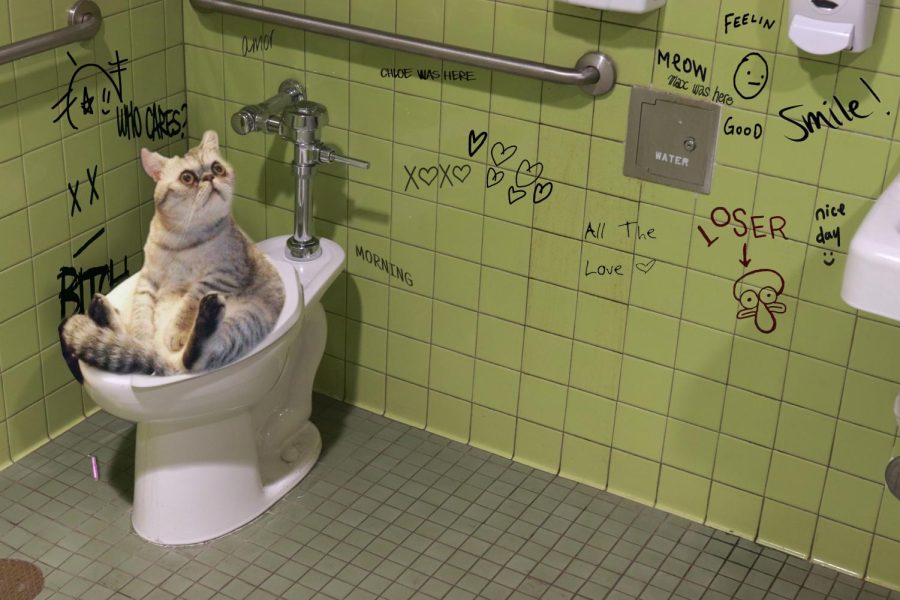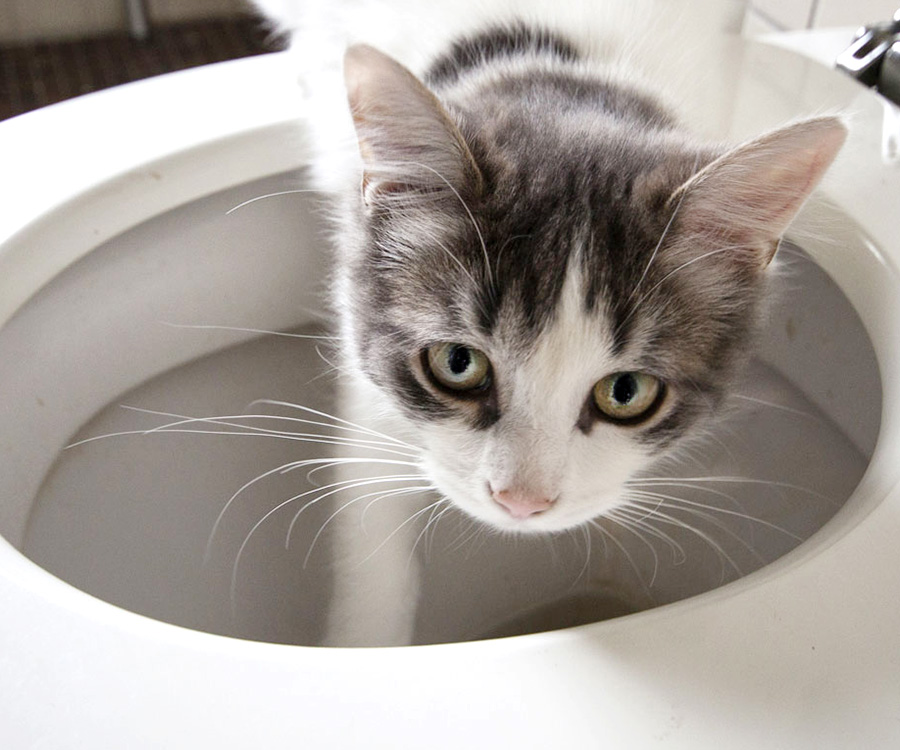Never Flush Cat Poop Down Your Toilet - Protect Your Plumbing System
Never Flush Cat Poop Down Your Toilet - Protect Your Plumbing System
Blog Article
Listed here in the next paragraph you'll find a good deal of excellent advice regarding How to Dispose of Cat Poop and Litter Without Plastic Bags.

Intro
As pet cat owners, it's necessary to be mindful of exactly how we take care of our feline buddies' waste. While it may seem practical to purge cat poop down the toilet, this practice can have harmful repercussions for both the atmosphere and human wellness.
Ecological Impact
Purging pet cat poop presents damaging microorganisms and bloodsuckers right into the water, posturing a substantial threat to marine ecological communities. These impurities can negatively influence aquatic life and compromise water quality.
Health Risks
In addition to ecological problems, purging cat waste can additionally posture wellness threats to human beings. Pet cat feces might consist of Toxoplasma gondii, a bloodsucker that can trigger toxoplasmosis-- a potentially serious ailment, specifically for expectant females and people with damaged immune systems.
Alternatives to Flushing
The good news is, there are much safer and extra accountable methods to throw away pet cat poop. Consider the following alternatives:
1. Scoop and Dispose in Trash
One of the most usual approach of taking care of feline poop is to scoop it into a biodegradable bag and throw it in the garbage. Make certain to utilize a committed trash scoop and deal with the waste promptly.
2. Usage Biodegradable Litter
Select naturally degradable cat clutter made from products such as corn or wheat. These trashes are environmentally friendly and can be securely thrown away in the trash.
3. Bury in the Yard
If you have a yard, consider hiding feline waste in a designated location away from vegetable gardens and water sources. Make certain to dig deep sufficient to stop contamination of groundwater.
4. Install a Pet Waste Disposal System
Buy an animal waste disposal system particularly designed for feline waste. These systems make use of enzymes to break down the waste, reducing smell and environmental influence.
Conclusion
Accountable pet ownership expands beyond providing food and sanctuary-- it also includes correct waste management. By refraining from purging feline poop down the commode and choosing different disposal methods, we can decrease our environmental impact and safeguard human wellness.
Why Can’t I Flush Cat Poop?
It Spreads a Parasite
Cats are frequently infected with a parasite called toxoplasma gondii. The parasite causes an infection called toxoplasmosis. It is usually harmless to cats. The parasite only uses cat poop as a host for its eggs. Otherwise, the cat’s immune system usually keeps the infection at low enough levels to maintain its own health. But it does not stop the develop of eggs. These eggs are tiny and surprisingly tough. They may survive for a year before they begin to grow. But that’s the problem.
Our wastewater system is not designed to deal with toxoplasmosis eggs. Instead, most eggs will flush from your toilet into sewers and wastewater management plants. After the sewage is treated for many other harmful things in it, it is typically released into local rivers, lakes, or oceans. Here, the toxoplasmosis eggs can find new hosts, including starfish, crabs, otters, and many other wildlife. For many, this is a significant risk to their health. Toxoplasmosis can also end up infecting water sources that are important for agriculture, which means our deer, pigs, and sheep can get infected too.
Is There Risk to Humans?
There can be a risk to human life from flushing cat poop down the toilet. If you do so, the parasites from your cat’s poop can end up in shellfish, game animals, or livestock. If this meat is then served raw or undercooked, the people who eat it can get sick.
In fact, according to the CDC, 40 million people in the United States are infected with toxoplasma gondii. They get it from exposure to infected seafood, or from some kind of cat poop contamination, like drinking from a stream that is contaminated or touching anything that has come into contact with cat poop. That includes just cleaning a cat litter box.
Most people who get infected with these parasites will not develop any symptoms. However, for pregnant women or for those with compromised immune systems, the parasite can cause severe health problems.
How to Handle Cat Poop
The best way to handle cat poop is actually to clean the box more often. The eggs that the parasite sheds will not become active until one to five days after the cat poops. That means that if you clean daily, you’re much less likely to come into direct contact with infectious eggs.
That said, always dispose of cat poop in the garbage and not down the toilet. Wash your hands before and after you clean the litter box, and bring the bag of poop right outside to your garbage bins.
https://trenchlesssolutionsusa.com/why-cant-i-flush-cat-poop/

I recently found that piece about Can You Flush Cat Poo or Litter Down the Toilet? while doing a search on the internet. You should take the time to distribute this blog entry if you appreciated it. I am grateful for your time. Visit again soon.
Call Today Report this page